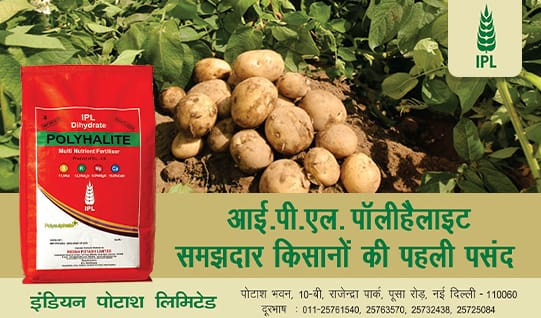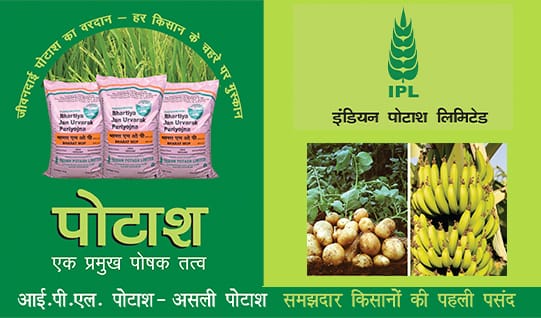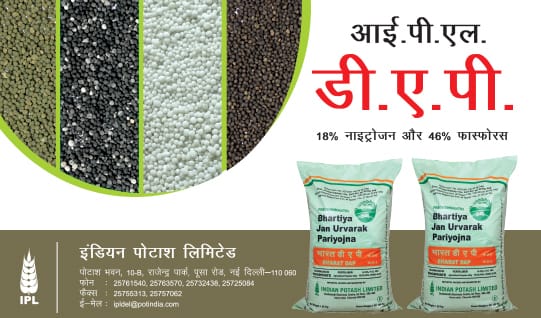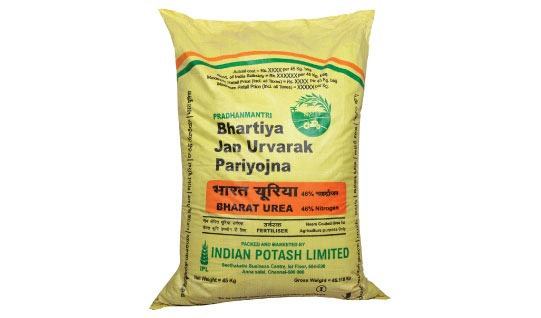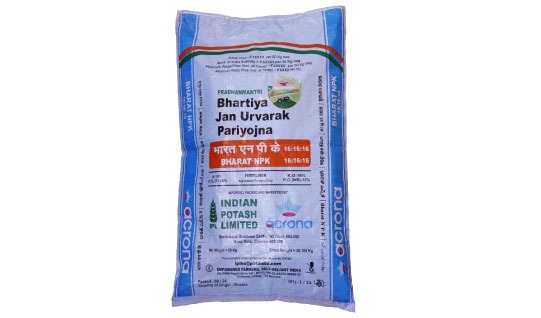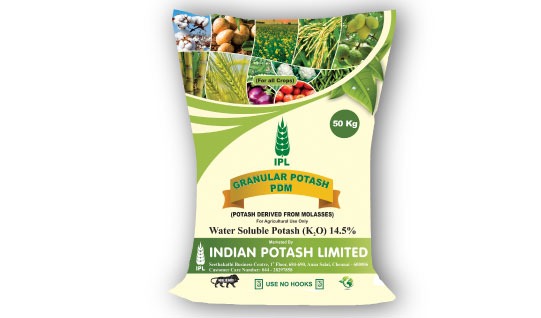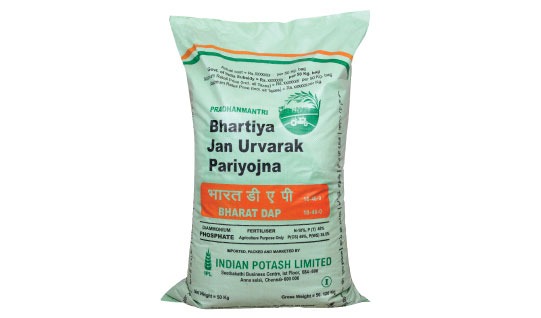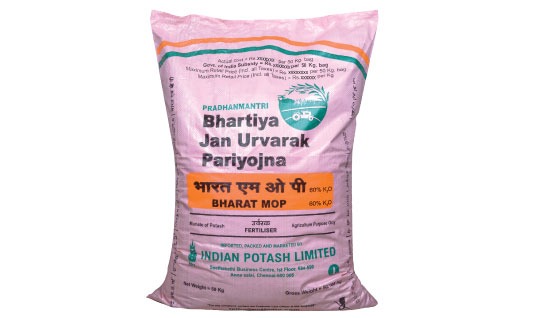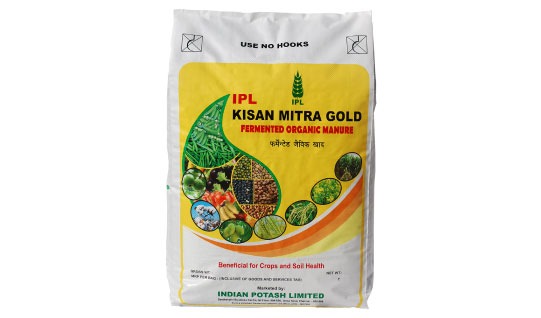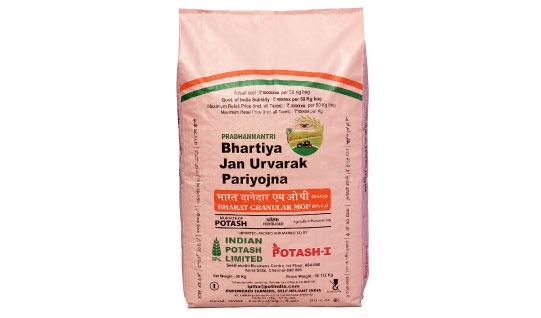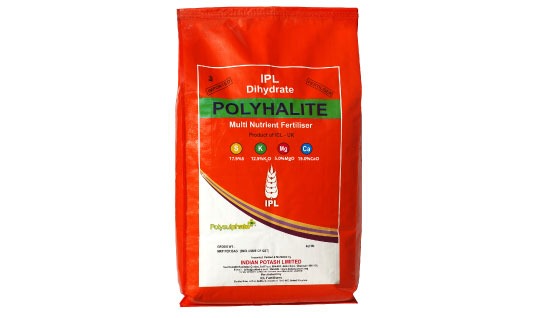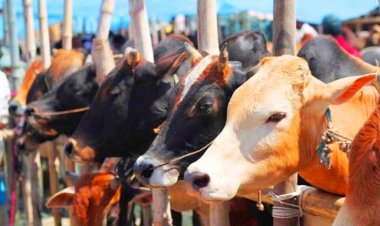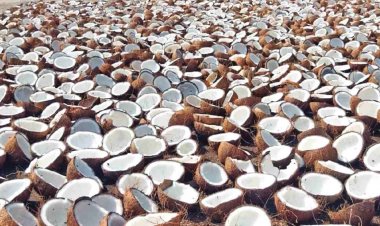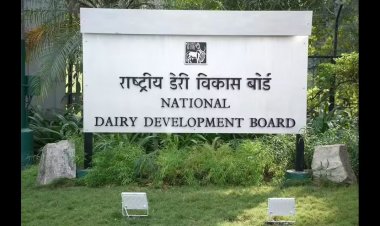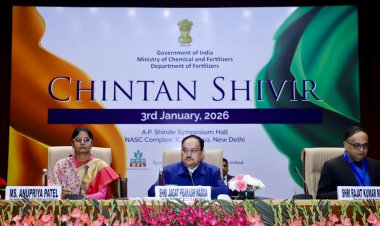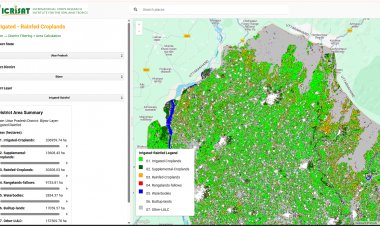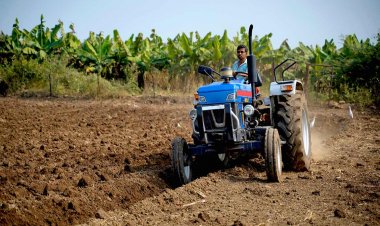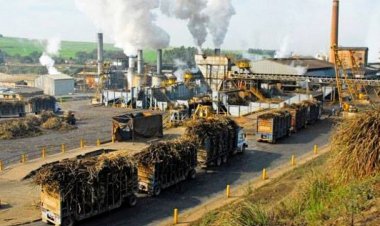Monsoon 2025: India Likely to Receive 106% of Normal Rainfall
This upward revision from the IMD's April forecast of 105% LPA strengthens expectations of a strong monsoon, crucial for agriculture, water resources, and economic stability.
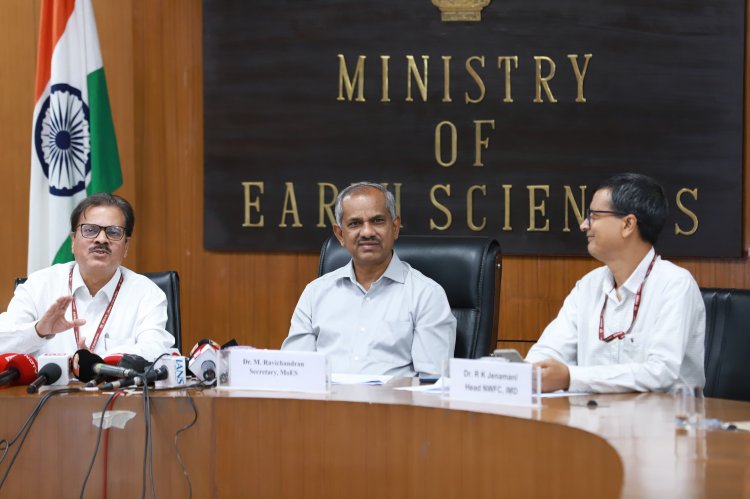
The India Meteorological Department (IMD) has released its updated long-range forecast for the 2025 Southwest Monsoon season, projecting above-normal rainfall across the country during the June–September period. According to the forecast, India is likely to receive 106% of the Long Period Average (LPA) rainfall, with a model error margin of ±4%.
This upward revision from the IMD's April forecast of 105% LPA strengthens expectations of a strong monsoon, crucial for agriculture, water resources, and economic stability.
Regional Outlook
Rainfall is expected to be above normal over Central India and the Southern Peninsular region, while Northwest India may see normal monsoon rainfall (92–108% of LPA). In contrast, Northeast India is likely to experience below-normal rainfall (<94% of LPA).
The Monsoon Core Zone (MCZ)—home to much of India’s rainfed agriculture—is also expected to receive above-normal rainfall, offering a favorable outlook for the Kharif crop season.
From June to September, most regions are projected to witness normal to above-normal precipitation, though parts of Northwest, East, and Northeast India may experience a shortfall.
June Rainfall and Temperature Outlook
For June 2025, the country is expected to receive above-normal rainfall (>108% of LPA). However, southern parts of the Peninsula, and sections of Northwest and Northeast India, may witness below-normal rainfall.
On the temperature front:
-
Maximum temperatures are expected to remain normal to below normal in most parts of India, though above-normal temperatures are likely in sections of Northwest and Northeast India.
-
Minimum temperatures are projected to stay above normal across much of the country, except for some areas in Central India and the adjacent southern Peninsula, where normal to below-normal temperatures are expected.
The IMD emphasized that it will continue to monitor monsoon patterns closely and issue regular updates to assist with agriculture planning, water resource management, and disaster preparedness.
Pushan Sharma, Director of Research at CRISIL Intelligence, said that the early onset of the monsoon is likely to lead to early sowing of crops such as paddy, cotton, and pulses in states like Andhra Pradesh and Karnataka. However, heavy rainfall in Maharashtra — which received approximately 7.5 cm of rain compared to the normal 0.8 cm in the first three weeks of May — has damaged the summer tomato crop, causing fruit skin cracking and quality degradation, resulting in a price hike in local markets.



 Join the RuralVoice whatsapp group
Join the RuralVoice whatsapp group
